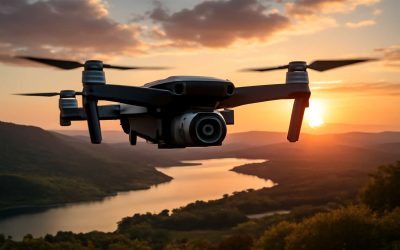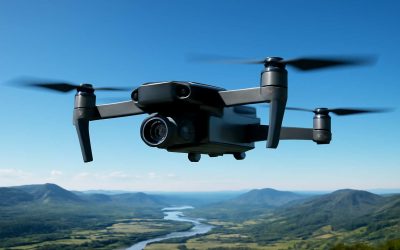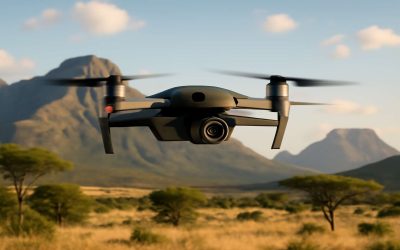
Drones are a form of unmanned aircraft that is controlled remotely or autonomously. They have different configurations, engines and performance characteristics in order to carry various payloads like communication gadgets, navigation equipment, sensors and cameras.
Aerial photography, filmmaking and journalism are some of the most commonly used applications of drones. However, the technology is not limited to these industries. It is also increasingly popular in consumer-level hobby application, such as racing and aerial videos.
Agriculture: UAVs are used to perform several farming tasks including pesticide spraying, crop health monitoring, weed identification, and soil analysis. The precision and accuracy of these drones enables farmers to save time and expenses.
Inspection: The ubiquity of the drone industry has resulted in an increased demand for drone inspection. These flying vehicles can be flown over a large area to inspect solar parks, wind farms, power lines and industrial plants. In addition, they can be used to document construction sites and assess condition-analysis.
Surveying: The scalability and mobility of drones make them a natural fit for orthographic surveying, where they can take aerial images and create point clouds, volume calculations, digital heights and accurate 3D models. They can also be used for terrain mapping, crop monitoring, forest mapping and geophysical exploration.
Reforestation: Drones are now being used to re-plant forests that have been destroyed by fire. They are able to scour the burned areas, drop seed vessels filled with seeds and fertilizers that will help trees start growing again. This process will save the earth from the effects of deforestation and help in saving a huge amount of money, as well as preserving the environment.
Law Enforcement: Drones are also used by the police to track down suspects and capture their location. This is especially useful when they are equipped with thermal and night sensors. They are capable of capturing a wide range of data and can track any suspicious activity without a person’s permission.
Traffic safety: Many countries have established rules and regulations regarding the use of uav drones in the air. These laws are constantly changing, so it is essential to check them before operating your drone. In China, flying above 400 feet requires a license. The FAA has also set no-fly zones for drones to avoid collisions with commercial aircraft.
Disaster relief: The ubiquity of the drone technology has allowed it to become a vital component in disaster relief. These flying devices can monitor areas, collect debris, provide shelter, and help with search-and-rescue missions. They are also being used to re-create lost buildings and sites, such as the Chernobyl nuclear accident.
Conservation of historical sites: Drones can provide a high-level vantage point for the preservation of historic structures. This enables people to map out lost sites and discover clues about culture and history.
A drone with a camera mounted on its back is capable of generating 360-degree panoramic photos and videos. It can even record and play back video in a loop. This makes it possible to create a virtual tour of a place and share it with friends, family, or colleagues.



0 Comments